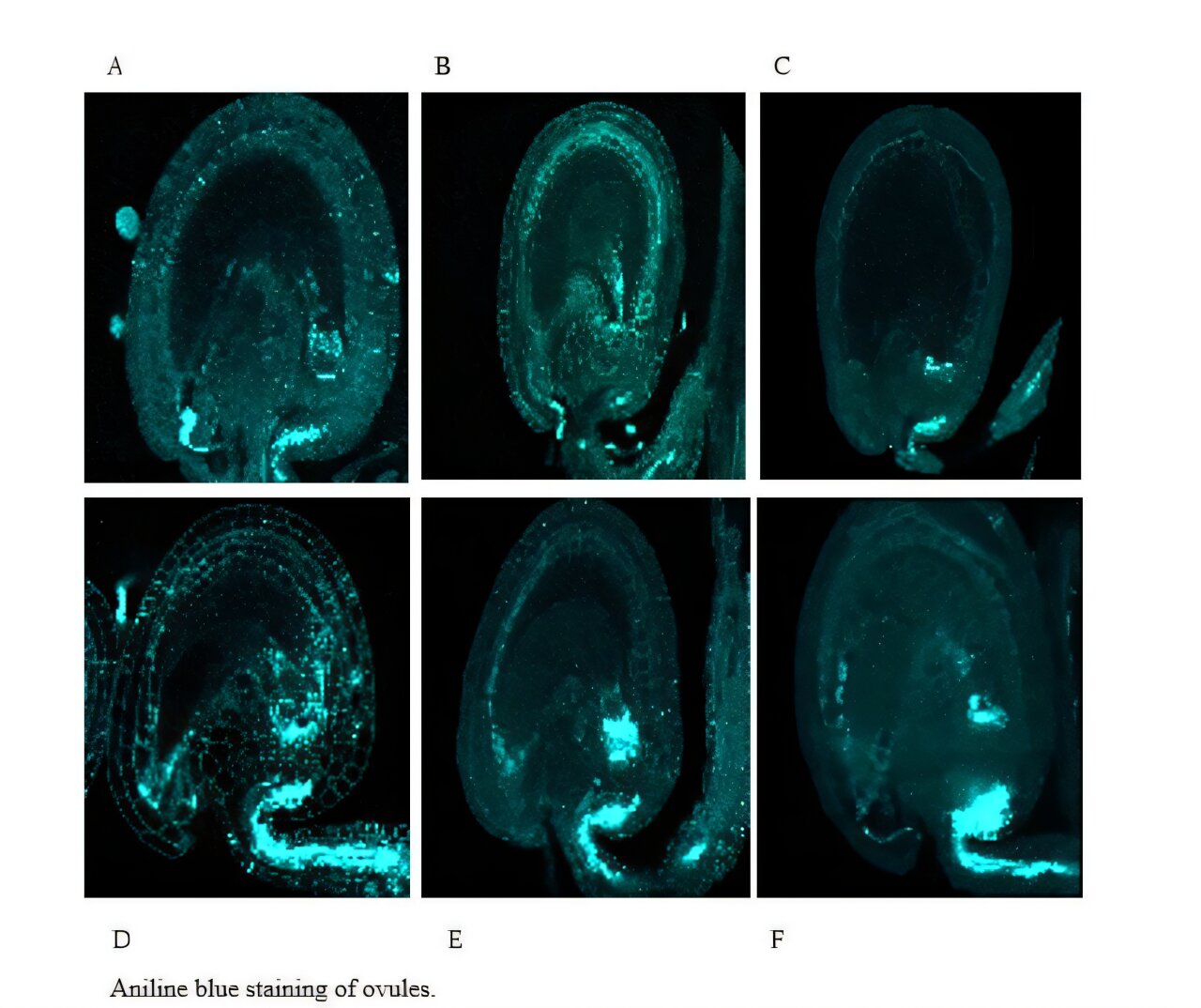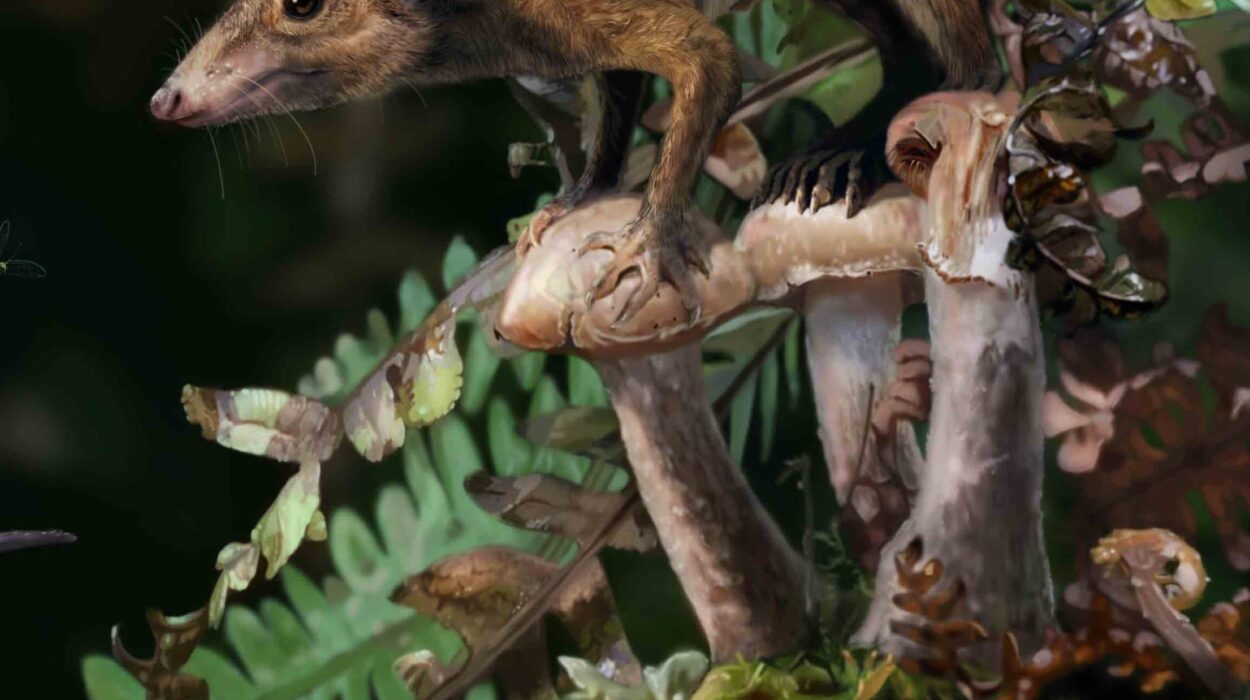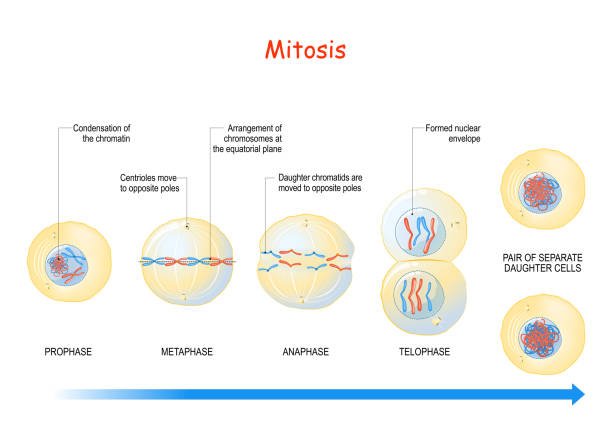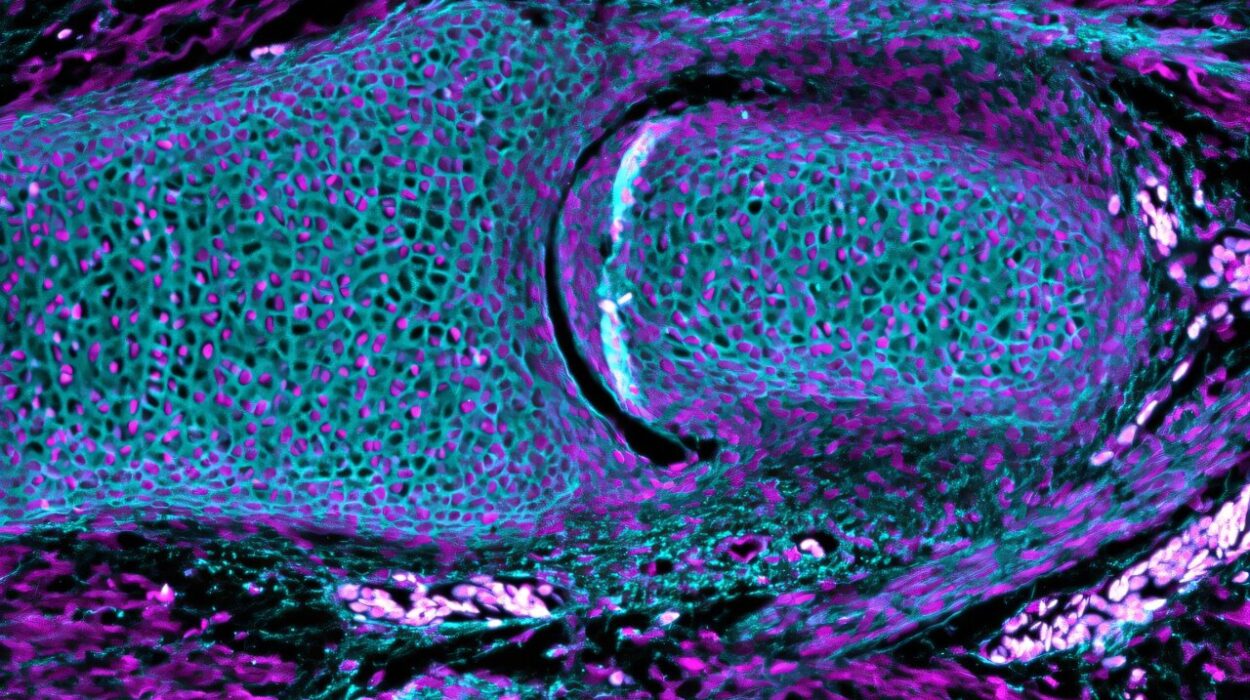In a stunning breakthrough that has sent ripples through the global scientific community, a research team led by Nagoya University in Japan has unearthed a hidden anatomical feature in plants—a brand-new tissue crucial for seed development. This discovery, published in Current Biology, isn’t just rare—it’s historic. It marks the first time in over 160 years that a new plant tissue has been identified, and it could pave the way for a golden era of crop yield enhancement.
Dubbed the “Kasahara Gateway” after its discoverer, this rabbit-shaped tissue structure acts as a metabolic sentry, opening and closing access to nutrients depending on whether a seed has been successfully fertilized. The implications for agriculture, evolutionary biology, and plant physiology are profound.
Let’s dive into the fascinating journey of how a chance observation in a lab cracked open a mystery that had eluded botanists since the 19th century.
Fertilization, Nutrient Flow, and the Seed’s Fate
Since 2005, scientists have known that plant seeds rely on the parent plant—especially the hypocotyl, the stem-like region of the embryo—for nutrients post-fertilization. But what remained unclear was how plants detect that fertilization has occurred and how they regulate the flow of these crucial nutrients.
The Nagoya University team, led by Ryushiro Kasahara and Michitaka Nodaguchi, stumbled upon the answer not through intention, but through curiosity. Kasahara had been conducting a routine staining process to observe callose—an elusive, waxy polysaccharide that often plays a role in plant fertilization.
What he saw was something no one had ever noticed before.
The Observation No One Was Looking For
In most plant fertilization studies, the focus lies on the point where the pollen tube inserts itself into the ovule—the canonical site of action. But Kasahara decided to peer elsewhere, on the opposite side of the seed.
What he found left him speechless: unexpected fluorescence signals glowing vividly in areas far removed from the usual fertilization site. Even more intriguing, these signals intensified when fertilization failed.
“Nobody was looking where I was looking,” Kasahara recalled. “I remember being surprised, especially when we realized that this signal was particularly strong when fertilization failed.”
Further investigations revealed a rabbit-shaped structure, previously unnoticed in the labyrinthine architecture of plant seeds. But this was no decorative oddity—it was a functional tissue gate controlling the traffic of nutrients and hormones.
Meet the Kasahara Gateway: A Biological Gatekeeper
This newly identified tissue, now officially termed the Kasahara Gateway, behaves like a metabolic tollbooth. It governs whether a seed will receive the precious cargo of sugars, hormones, and minerals needed to grow and thrive.

Its operation hinges on callose deposition. In unfertilized seeds, callose builds up in the gateway, blocking all nutrient flow and essentially sealing the seed’s fate. This is the “closed state”—a shutdown mode where resources are conserved.
But in successfully fertilized seeds, something remarkable happens. The callose is dissolved, transforming the gateway into its “open state”, allowing a surge of nutrients to stream into the seed, kickstarting its development.
It’s an elegantly efficient system—a kind of natural resource triage—ensuring that plants don’t waste energy feeding seeds that will never sprout.
Genetic Switches and Nutrient Control
Curious about how this tissue “knew” when to open or close, the researchers hunted for genetic regulators—molecular switches that might control the gateway.
Their search led to a single gene: AtBG_ppap.
This gene was expressed only in fertilized hypocotyls, where it catalyzed the breakdown of callose, flipping the gateway into its open state. When the team overexpressed this gene—genetically modifying the plant to keep AtBG_ppap constantly active—the gateway stayed open permanently.
The results were nothing short of astounding.
Bigger Seeds, Better Yields: The Agricultural Payoff
With the gate left permanently open, seeds grew larger than ever before. In rice, the modified plants produced seeds that were 9% bigger. In other species, the growth increase reached a staggering 16.5%.
This enhancement wasn’t just cosmetic. Larger seeds often translate into stronger seedlings, better resilience, and increased agricultural yield—a game-changer for global food security in a world grappling with climate stress and population growth.
“This led us to the realization that keeping the gateway permanently open could enlarge seeds,” said Kasahara. “We believe this technique has vast potential for improving crop yields on a global scale.”
A Glimpse Into Plant Evolution
Beyond its practical applications, the discovery of the Kasahara Gateway offers new insights into the evolutionary success of flowering plants, or angiosperms.
Flowering plants dominate Earth’s plant life, and this gateway may be one of their secret evolutionary weapons. By allowing only fertilized seeds to receive nutrients, they reduce waste and ensure that every calorie goes where it counts.
“Feeding an unfertilized seed would be wasteful,” Kasahara noted. “This selective system likely helped angiosperms outcompete other plants through evolutionary history, allowing them to thrive in a wide range of environments.”
The First New Tissue in Over a Century
The significance of this discovery cannot be overstated. The last time botanists identified a completely new tissue in plants was in the mid-19th century, during the age of Darwin and Mendel. Since then, plant anatomy has been mapped with astonishing detail—yet this gateway remained hidden.
How could such a critical structure go unnoticed?
Part of the answer lies in scientific focus. Because most research emphasized the site of pollen tube entry, the opposite side of the seed remained uncharted territory—until now.
It’s a reminder that sometimes, the biggest discoveries come not from what we know, but from the questions we forget to ask.
A New Frontier in Plant Science
The discovery of the Kasahara Gateway is just the beginning. Already, research groups around the world are rushing to investigate its role in other plant species, its potential for climate adaptation, and how it could be used to develop precision agriculture techniques.
Could we tailor crop plants to open their nutrient gates more efficiently under poor soil conditions? Could this mechanism be tuned to resist drought or disease by controlling how much energy a plant invests in each seed?
These are the kinds of questions that will define the next era of plant science—and they all started with a curious glance through a microscope and a question no one had thought to ask.
Final Thoughts: Looking Where No One Looks
Kasahara’s accidental discovery of a hidden tissue in seeds is a vivid reminder of the power of curiosity. In an age where artificial intelligence and automation dominate headlines, this breakthrough reinforces an eternal truth: science advances not only through technology, but through wonder.
By challenging assumptions, questioning established perspectives, and simply looking where others don’t, Kasahara and his team have cracked open a new chapter in plant biology—one that might feed the future, explain the past, and inspire generations to come.
If you’ve ever held a seed in your hand, marveling at the life contained within, know this: inside, a rabbit-shaped gate is deciding its fate. And thanks to a curious scientist, we now know how it works.
Reference: Xiaoyan Liu et al, Fertilization-dependent phloem end gate regulates seed size, Current Biology (2025). DOI: 10.1016/j.cub.2025.03.033






